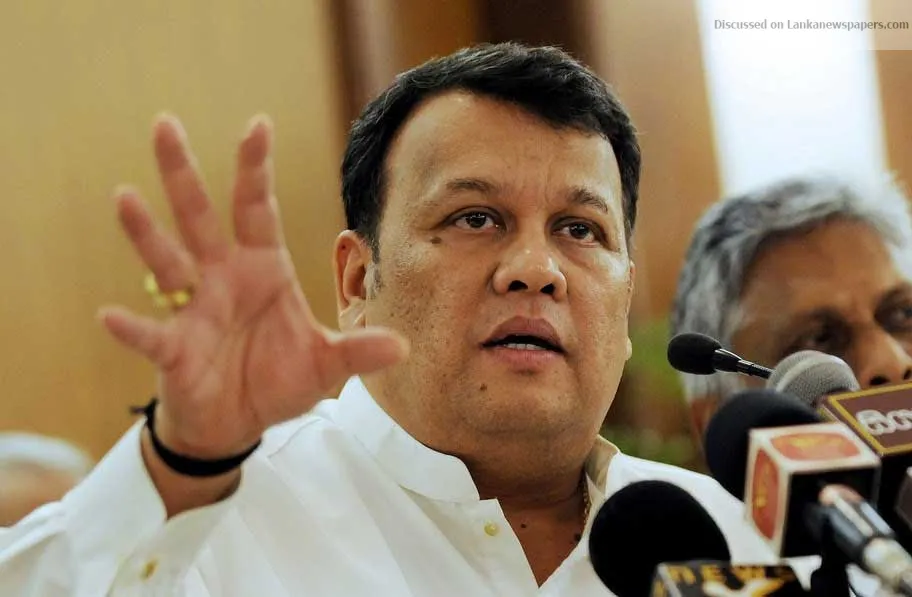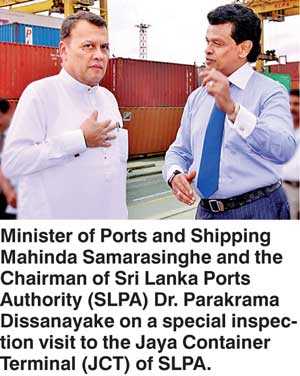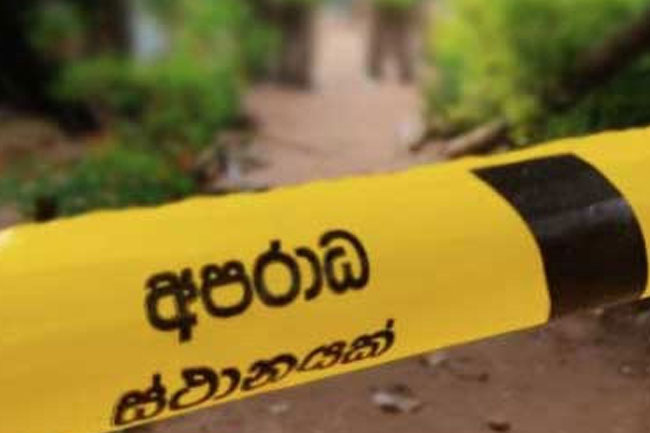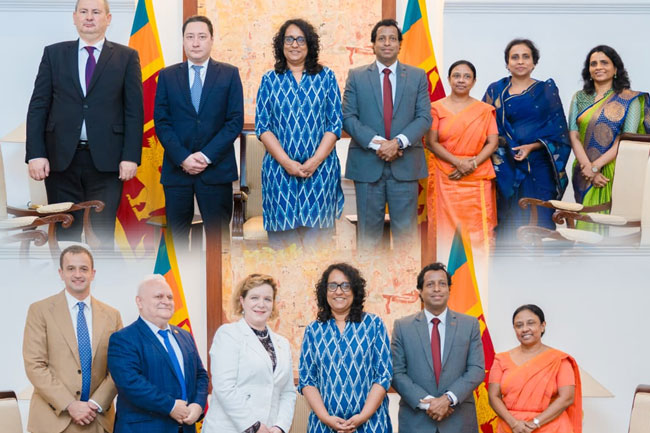
Establishing a record in transshipment operations, the Port of Colombo has witnessed the highest growth of 19.8% in transshipment container throughput for the first half in 2018 as against the corresponding period in 2017. During the first half of 2018, the Port of Colombo handled 2,733,906 TEUs of transshipment containers as against 2,281,636 TEUs handled in the corresponding period in 2017.
 The State-owned Jaya Container Terminal (JCT) of Sri Lanka Ports Authority (SLPA) also witnessed the highest growth of 20.6% in transshipment container throughput for the first half in 2018 as against the corresponding period in 2017. During the first half of 2018, the transshipment volume handled by JCT reached 935,848 TEUs compared to 776,002 TEUs handled for the same period in 2017.
The Port of Colombo expects to reach the 7 million TEU target by the end of this year. In a recent statement, Minister of Ports and Shipping Mahinda Samarasinghe said that the Port would take new initiatives to promote the Port of Colombo internationally, together with all stakeholders, and to attract new shipping lines that work in alliances.
SLPA signed a Memorandum of Understanding (MOU) with the terminals of the Port of Colombo, which includes the State-owned Jaya Container Terminal (JCT), South Asia Gateway Terminals (SAGT), and the Colombo International Container Terminals (CICT), to operate collectively to promote the Port. Expressing his views, the Chairman of SLPA Dr. Parakrama Dissanayake said that the terminals would compete with each other but would also cooperate with each other, moving between competition and cooperation. “In the Asia to Europe sector, there are 17 loops of which only 3 are calling Colombo. Therefore, obviously, we have got challenges to ensure that, collectively, we attract more loops into the Port of Colombo. This means we have to go beyond the partisan approach of promoting our terminals to protect the Port of Colombo,” the Chairman said.
According to internationally recognised global ranking indexes, the Port of Colombo is positioned as the world’s 23rd best container port and the 13th best connectivity port in the world at present.
Following Minister Mahinda Samarasinghe assuming office as the Minister of Ports and Shipping, an exclusive three-year plan was introduced to develop the entire port sector to establish Sri Lanka as the most preferred maritime gateway to South Asia.
The State-owned Jaya Container Terminal (JCT) of Sri Lanka Ports Authority (SLPA) also witnessed the highest growth of 20.6% in transshipment container throughput for the first half in 2018 as against the corresponding period in 2017. During the first half of 2018, the transshipment volume handled by JCT reached 935,848 TEUs compared to 776,002 TEUs handled for the same period in 2017.
The Port of Colombo expects to reach the 7 million TEU target by the end of this year. In a recent statement, Minister of Ports and Shipping Mahinda Samarasinghe said that the Port would take new initiatives to promote the Port of Colombo internationally, together with all stakeholders, and to attract new shipping lines that work in alliances.
SLPA signed a Memorandum of Understanding (MOU) with the terminals of the Port of Colombo, which includes the State-owned Jaya Container Terminal (JCT), South Asia Gateway Terminals (SAGT), and the Colombo International Container Terminals (CICT), to operate collectively to promote the Port. Expressing his views, the Chairman of SLPA Dr. Parakrama Dissanayake said that the terminals would compete with each other but would also cooperate with each other, moving between competition and cooperation. “In the Asia to Europe sector, there are 17 loops of which only 3 are calling Colombo. Therefore, obviously, we have got challenges to ensure that, collectively, we attract more loops into the Port of Colombo. This means we have to go beyond the partisan approach of promoting our terminals to protect the Port of Colombo,” the Chairman said.
According to internationally recognised global ranking indexes, the Port of Colombo is positioned as the world’s 23rd best container port and the 13th best connectivity port in the world at present.
Following Minister Mahinda Samarasinghe assuming office as the Minister of Ports and Shipping, an exclusive three-year plan was introduced to develop the entire port sector to establish Sri Lanka as the most preferred maritime gateway to South Asia.
Shipping Minister details P’ment of CMPort payments on Hambantota
Based on the provisions of the concession agreement signed, China Merchants paid a sum of $ 973,658,000 to the Government to continue the public private partnership (PPP) at the Hambantota Port. In addition, the Hambantota International Port Group Ltd. is expected to pay the Sri Lanka Ports Authority royalty within the first 25 years. According to this royalty payment schedule, the SLPA will receive $ 100,000 per annum during the first 1-5 years, $ 200,000 per annum during the 6 – 10 year period, $ 300,000 per annum during 11 – 15 years, $ 400,000 per annum during 16 – 20 years, and $ 500,000 per annum during 21 – 25 years. After completion of the period of 25 years, a sum of $2.25 is to be paid as a royalty for each container and this amount will increase by 3% every five years. Further, Rs.10per ton is to be paid as royalty for break bulk cargo and this amount will also increase by 3% every five years, the Government told the Parliament on Friday. Rejecting the Opposition charges of privatising the Hambantota port, Ministry of Ports and Shipping in a statement to the Parliament clarified that the Hambantota port was not privatised but has received two proposals for a PPP as a result of the high-level discussion that took place between the Sri Lankan and Chinese governments. “A special secretariat committee was appointed to review these proposals by the Cabinet Committee on Economic Management and to carry out discussions with the aim of entering into the agreement and considering the recommendations of the said committee. And considering suggestions made by the Cabinet Sub Committee on Economic Management, the Cabinet of Ministers have made the relevant selection, and according to a decision taken by the Cabinet on 6 December 2016, permission was granted to enter into a framework agreement with the company selected. As a result, the framework agreement was signed on 8 December 2016, and the concessions agreement on 29 July 2017 with the two companies selected,” the Ministry explained in a statement.Popular News






